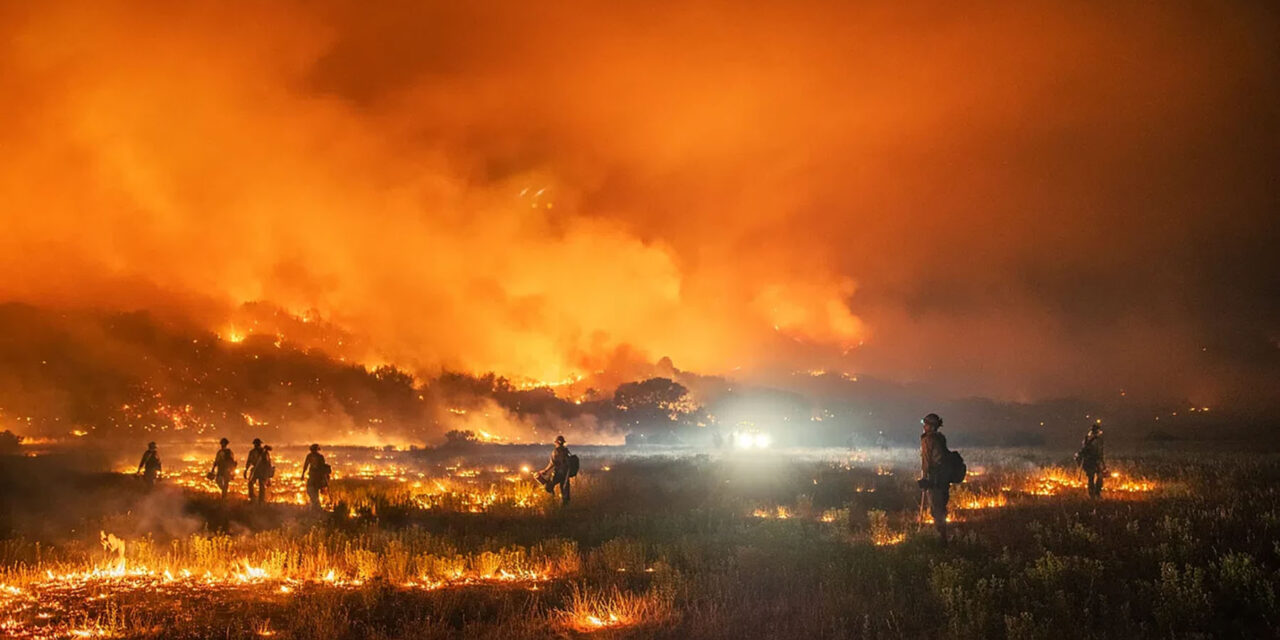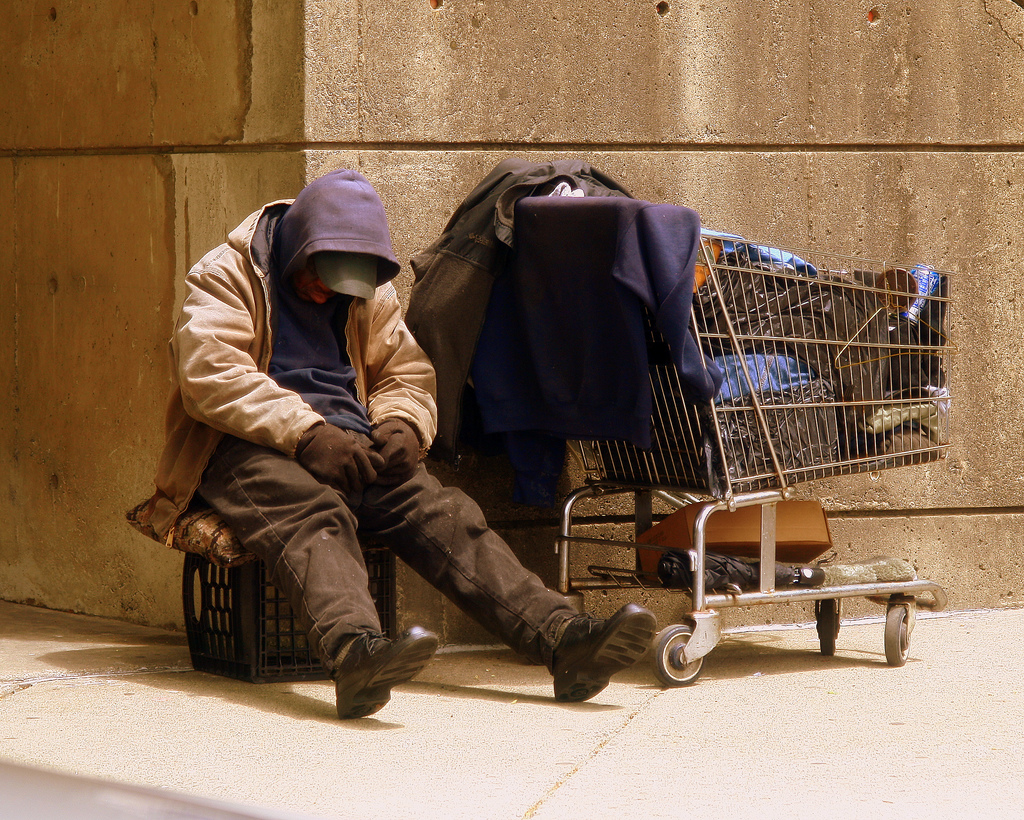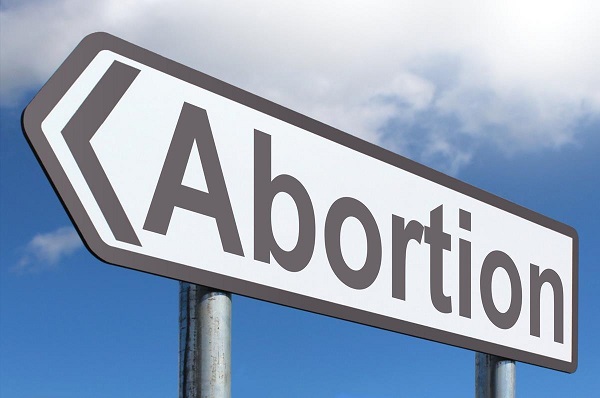Large wildfires broke out in early August which spread over 2,000 acres, leaving 388 people unaccounted for. Recently the death toll rose over 100, making it one of the worst wildfires in Hawaiian history.
Over 2,000 buildings were lost in the fires, and sources say about 86% of the buildings were residential, which left a total of 1,418 people in emergency evacuation shelters. Andrew Whelton, a professor of environmental and ecological engineering, predicts that the fires could affect the clean drinking water. He says that if pressure drops, it could lead to backed up contaminated water, sucking up soot, ash and vapors that appear after fires and can penetrate plastic containers.
Elizabeth Pickett, co-executive director of the Hawaii Wildfire Management Organization, predicted the fire started because of long droughts and an invasive species of fire-prone grass, but the confirmed source of the fire is unknown. The fire burned the native forests, causing the invasive grass to grow over and replace the forests entirely. The soil can then burn, leading to post fire erosion that can affect the stability of the trees and smother the coral, which can unbalance the ecosystem.
Oceanographers are saying synthetic materials are getting into the ocean and ruining the coral reefs, affecting the ecosystem that was centered around the reef. The reef off the coast of Lahaina was already prone to threats due to the marine heat wave in 2015.



